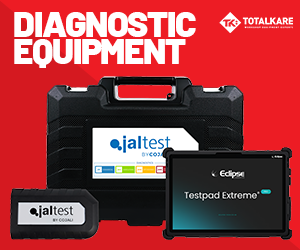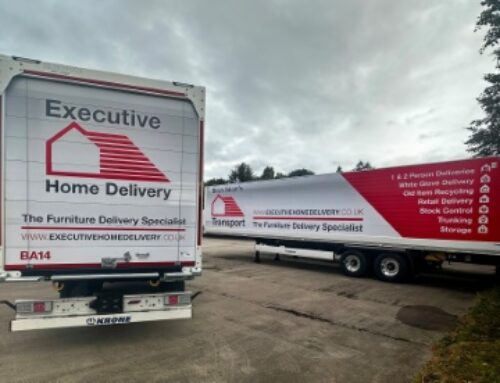How technology can aid driver training
 Barney Goffer, UK product manager at Teletrac Navman, outlines the benefits of AI-enabled fleet management systems
Barney Goffer, UK product manager at Teletrac Navman, outlines the benefits of AI-enabled fleet management systems
By using data collected via standard and video telematics systems, fleet managers can get a detailed overview of their driver’s road behaviour. Through AI-enabled fleet management platforms the data can be processed in real-time and used to highlight any dangerous activity taking place on the road such as excessive speeding, harsh braking, or tailgating.
It gives an ‘inside view’ on what is taking place within the vehicle, without the need to personally sit beside the driver. Managers are then able to highlight any critical areas of training that need to take place to ensure the safety of both the fleet driver and other road users, as well as maintain the protection of the vehicle, avoiding unplanned maintenance and unexpected costs.
One of the key benefits of this type of technology is its ability to remotely protect the driver; it can be used to review both positive performance or act as a risk management tool for the fleet manager.
It can highlight any dangerous behaviours and automate otherwise time-consuming analysis that can then be reflected in both specific post-event driver training initiatives and in real-time in-cab driver feedback so any areas of improvement can begin to be addressed straight away.
Monitoring driver performance consistently and continuously is crucial to ensuring high levels of driver conduct, making it possible to secure continued standards across fleets – there’s a lot of data to process and this is where AI-enabled fleet management platforms come into their own.
Without reliable data in this area, it becomes near impossible for fleet managers to adequately assess whether driver training schemes are effective in addressing and eliminating danger. Telematics systems provide rich data which can enable fleet managers to monitor the success of the driver progress as they undertake training programmes rolled out to implement high levels of safety across their fleet.
An element of healthy competition can also be brought into driving training as a highly effective way of encouraging high standards and improving fleet safety throughout businesses. An example of this is implementing a league table dashboard for drivers in your fleet management platform, powered by their telematics data. Drivers can be rewarded according to how well they have performed on the road. This doesn’t need to just focus on the safest driver, but also on drivers who have made the most improvement in from their respective training programmes.
This approach encourages drivers to have a positive approach to maintaining high levels of driver safety, rather than sanctions and punishment for those who fail to meet safety requirements, although this may of course be necessary for persistent cases of serious safety breaches.












